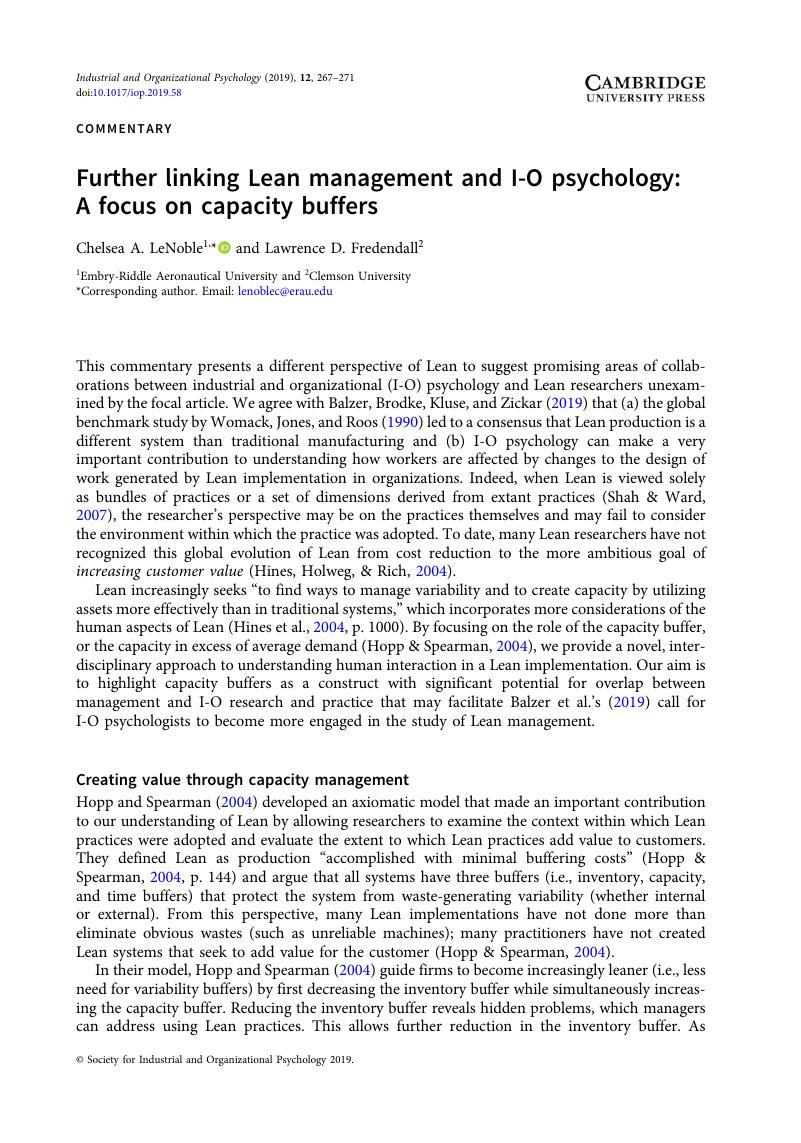Crossref Citations
This article has been cited by the following publications. This list is generated based on data provided by Crossref.
Åhlström, Pär
Danese, Pamela
Hines, Peter
Netland, Torbjørn H.
Powell, Daryl
Shah, Rachna
Thürer, Matthias
and
van Dun, Desirée H.
2021.
Is lean a theory? Viewpoints and outlook.
International Journal of Operations & Production Management,
Vol. 41,
Issue. 12,
p.
1852.





